今天来和大家聊聊雅思写作中生育和老龄化相关的话题。这关乎每一位考生,不管你是否已结婚生子,或还是在校学生,在考试中遇到此类问题,我们该如何展开思路?下面我们从现象、影响和原因这三个方面来分析一下,希望可以帮助考生们积累素材和必要的英文表达。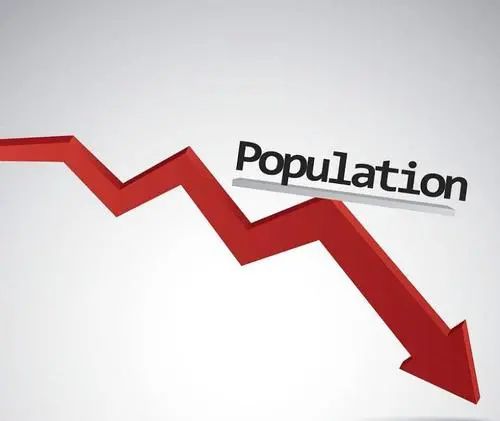
现象:全球性问题
实际上,低生育率早已在困扰着西方社会(developed countries): 自1950年起,全球的生育率(The total global fertility rate)下滑了50%。
美国
其生育率曾在1958年达到高峰(recorded peak),但2008年以来,生育率稳步下降,再也没有昨日重现了。甚至在2018到2019年间,随着进一步1%的下降,生育率跌倒35年低点,以至于有专家创造了一个新词“人口定时炸弹”(demographic time bomb)来描述当前严峻的情况,他们甚至担心疫情(pandemic)会加速(fast-track)引爆这个人口炸弹。
The US fertility rate declined 1% between 2018 and 2019, hitting a 35-year-low, according to a report out Friday from the CDC. Experts fear we are facing a ‘demographic time bomb’ that could be fast-tracked by the pandemic.
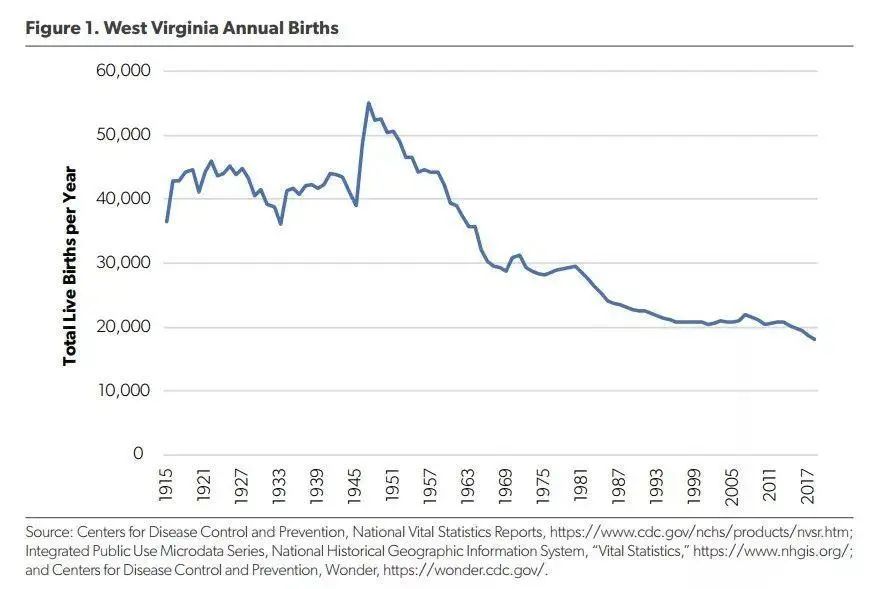
北欧五国
Nordic countries: Sweden, Denmark, Finland, Norway, Iceland
要说北欧列国人口状况,这里不妨饮用一位叫Anna Karlsdottir的专家的话“We’re moving towards a China-like situation but without any sort of one-child policy” (我们正朝着中国式的情况发展但没有任何独生子女政策)一番言论略带调侃,也同时流露出无奈。实际上这些国家早在上世纪60和70年代就通过产假(parental leave)和育儿(childcare)政策鼓励生育,但收效甚微、“The generous provisions for parental leave and child care in Nordic countries have not had a greater impact on birth rates..
具体情况是:
Birth rates have fallen throughout almost the entire Nordic Region over the last decade. In just ten years, Iceland’s birth rate has gone from 2.2 children per women to 1.7 children.
(出生率在过去十年里几乎在整个北欧地区下滑。仅10年,冰岛的出生率就从每位女性2.2个孩子降到每人1.7个孩子)
While birth rates in Finland and Norway are now below the EU average,it is only thanks to slightly higher rates in Sweden (1.76) and Denmark (1.72) that the average for the Nordic Region as whole is slightly higher than the EU average (1.5).
(尽管芬兰和挪威的出生率当前仍低于欧盟平均值,多亏了略高一些的瑞典和丹麦的出生率,北欧地区的总体平均值才略高于1.5的欧盟平均值。)

韩国 South Korea
记得不久前偶然看到一个纪录片,标题颇为惊人“Human instincts may lead South Korea to natural extinction” (人类的本能恐导致韩国自然灭亡)由此可见,韩国对于低生育率已经不只是畏惧而是恐惧。该国的生育状况恐怕也很契合 ‘from one-child to no child’.在韩国,每位女性生一个娃儿也已经是几年前以前才有的盛景。2018年出生率首 次跌破1 而降到0.98;2019年降到0.9; 2020年只有0.84。接下来,由于新冠疫情(the COVID-19 pandemic)生育率会进一步下滑,可以理解他们已经感到未来无娃儿的压力。下面是官媒的一段报导描述这一状况,想提高英文表达的朋友可以认真阅读,理解,以及仿写。
Last year, South Korea’s total fertility rate dropped to 0.84, which was once again the lowest rate on record. The Korean population has also begun to naturally decline for the first time, with the number of deaths exceeding the number of births. There has been a sharp drop in the number of marriages during the COVID-19 pandemic, fueling concerns that the number of births could shrink even further in the future.
(去年,韩国的总生育率降至0.84,又一次的历史新低。韩国人口也首 次出现自然下滑,死亡人数超过了出生人数。新冠疫情期间结婚数字急剧下降,加剧了新生儿数量未来甚至会进一步萎缩的担忧。)
The country had a total fertility rate of 0.84 last year, down 0.08 from 0.92 in 2019. That rate represents the average number of children that a woman is expected to have over the course of her life.
(该国去年有0.84的总生育率,同比2019年的0.92下降0.08。这个比率代表了女性在其整个人生里希望拥有的平均孩子人数。)
The birth rate dropped below 1 for the first time in 2018, when it reached 0.98;last year, it fell below 0.9.
(出生率在2018年首 次降到低于1,该年出生率达到0.98;去年,出生率下降到低于0.9。)
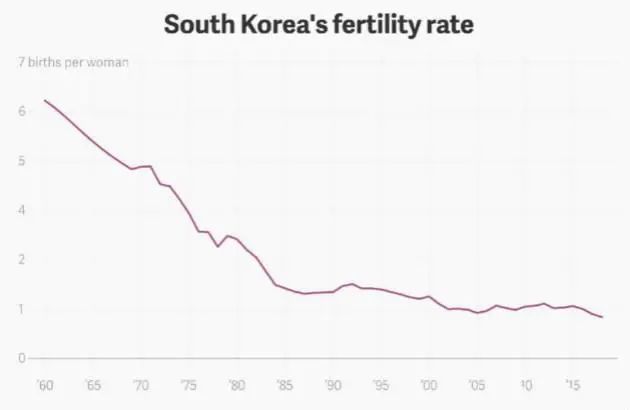
中国
有些人至今仍坚定的以为中国仍然面临着“人口问题”。然而事实真如此吗?
未来,我国将很快完成从第III阶段向第IV阶段的过渡;而且,与发达国家相比,我国人口转型期短,我们将面临人口增长缓慢带来的压力。
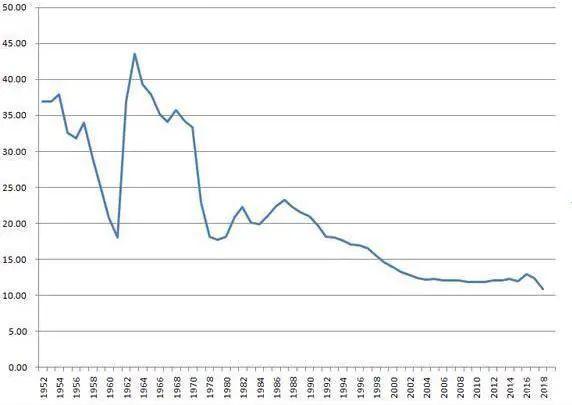
影响
Most of the world’s lowest birth rates are found in developed economies, from the wealthier East Asian economies (South Korea, Hongkong, Singapore and Japan) to Europe as well as North America. Birth rates have also fallen sharply in many of the world’s leading emerging markets including China and East Europe.(世界上低生育率大都出现在发达国家,从富裕的东亚经济体到欧洲和北美。出生率在包括中国和东欧在内的头部新兴市场也出现急剧下滑。)
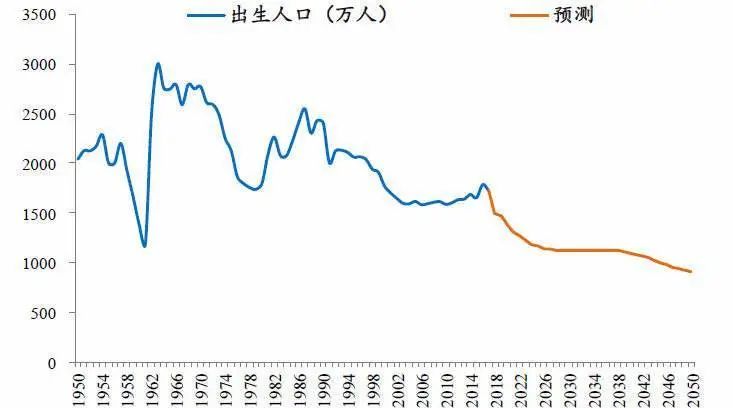
那么,问题给这些国家带来怎样的影响?这里我们介绍下相关的表达
Low birth rates are posing a handful of startling economic challenges.
简言之,潜在问题主要是顽固的社会问题(persistent social problems)和经济难以持续发展(unsustainable economy / economic growth)
Less workers -
potentially reduce productivity.
As birth rates fall, working-age population eventually fall as well. This leads to labor shortages in countries where the working-age populations are in decline, something that is already evident in major economies such as Japan and Germany. This slows growth in many key industries and reduces a country’s economic competitiveness.
(随着出生率下降,工作适龄人口也下降。这导致一些适龄人口在在下滑的国家出现劳动力短缺,这种情况已经在日德等主要经济国家明显显现。这减缓了许多关键产业的发展并削减一个国家的经济竞争力。)
Older populations -
burdens on healthcare and welfare systems
Pension and social insurance systems can become heavily burdened; the ability to care for the growing elderly population declines as household sizes decrease; the elderly face sharply increased health care needs and costs.
(养老金和社保系统会变得负担沉重;随着家庭人数减少照料越来越多的老年人口的能力下降;老人面临急剧增加的医疗需要和成本。)
当然,影响不只是以上两点,但这两点典型且容易写清楚和举实例。延缓经济发展 :适龄劳动人口不足导致生产力不足(日本德国为例)长期社会问题:医疗保障社会福利压力大(中国韩国为例 )
原因
Attitudes towards children have changed (观念改变)Having a child is now seen less as an obligation and more as a personal preference. Being too old is the reason 25% of married women of childbearing age do not have another child, but about 33% of women cite childbearing and education costs, and another 11% report work-life balance issues as the main obstacles.(现在人们不再把生孩子看成一项义务而是更看成是个人选择。年纪太大只是25%的已婚的适龄女性不要二胎的理由,但是大约33%的女性把生育和教育成本视为原因,而另有11%的女性把工作和生活平衡的问题视为生育的主要障碍。)这里运用了排比结构,后面两个单句中有所省略。The dichotomy in the labour market (劳动力市场的一分为二,也就是工作与生娃二选一)People are forced to choose between a career and having childen; it exposes a large fraction of the population to economic insecurity; it creates very strong competition among young people at labour entry.(人们被迫在事业和生育间做出选择;这种一分为二使一大部分人面临经济不保障;这造成了年轻人找工作时竞争非常激烈。)
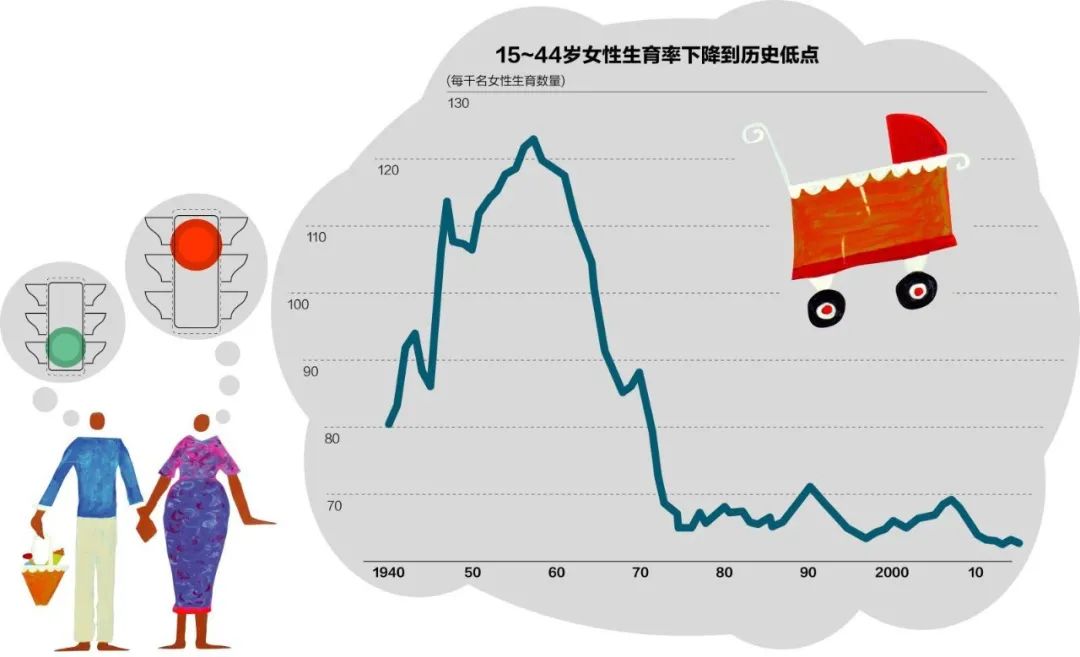
Housing status influences the entry into parenthood (住房状况影响成家)
Tenants paying a monthly rent usually have limited financial resources and are less likely to start a family. Prohibitive house price deters young adults from starting a family or having a child.(每月付房租的租客钱不多而不太会成家。过高的房价阻止了年轻人成家或生娃。)
到此,我们已基本认识了生育和老龄化问题,至于解决方法,实际上,无论是西方国家还是亚洲日韩早都有所行动(免费的生育和教育政策,延长产假等)但大都收效不大,而考题中更常见的是问及问题背后的原因和利弊影响,希望以上内容在观点、案例、词句表达上对大家有帮助。社会生活与发展一直并将持续是雅思写作的重点话题,而许多童鞋往往平时极少关注社会热点,也没有此类人生阅历,因而一遇到各种社会问题和趋势的题目就犯难。一般来讲,有三种典型的反应:有人感到大脑被”掏空“,然后便被迫开始了各种乱编;有人的确有想法,但是表述混乱,没什么逻辑;也有人思路很清晰而流畅,但是难以写出对应意思英文。针对这些困难,这里也有英文词句的展示,有需要的童鞋从中按需选择,但非常建议仿写练习和在写作中运用起来。眼高手低是写作大忌,每次的写作都是一次创作,你的作品会反应你的进步。






